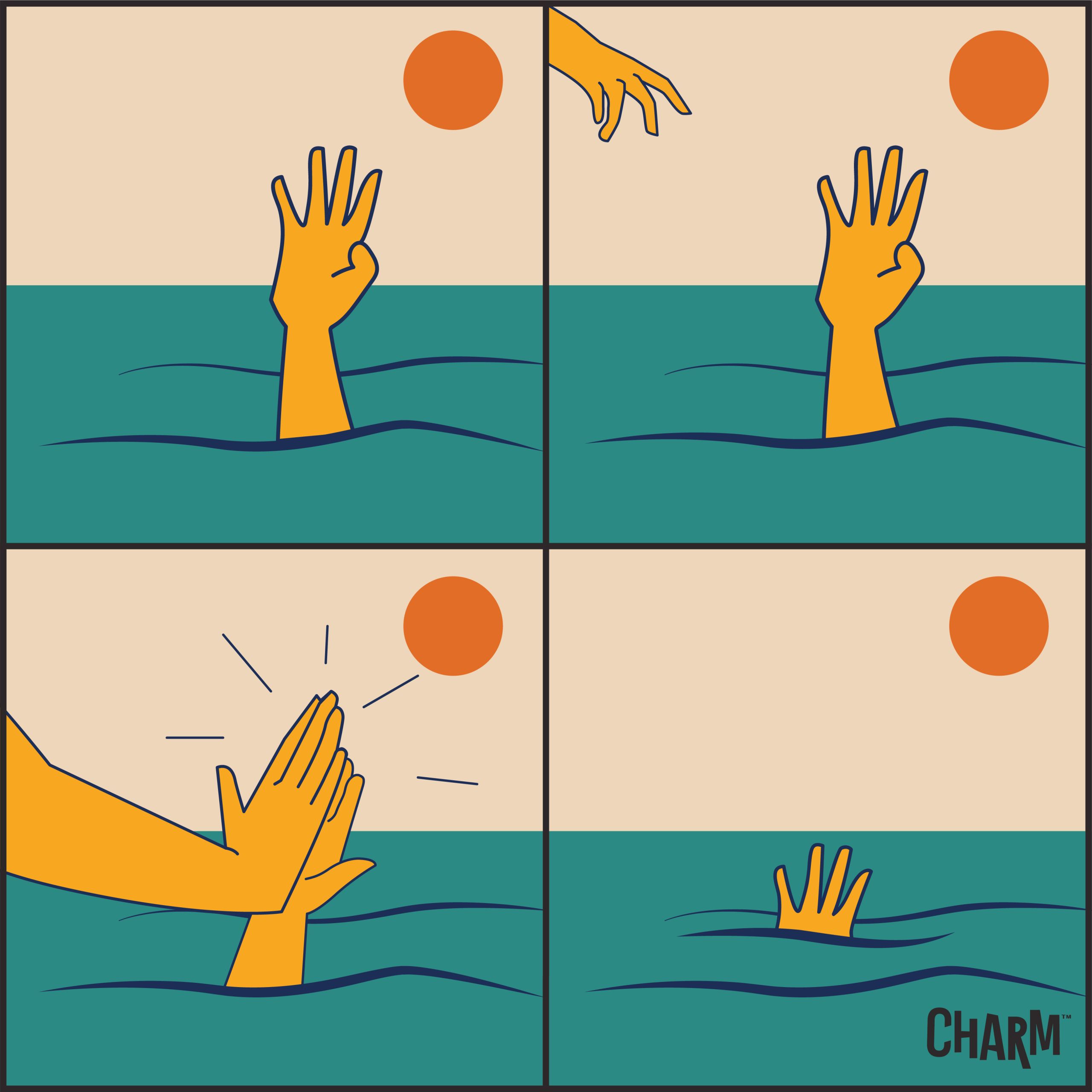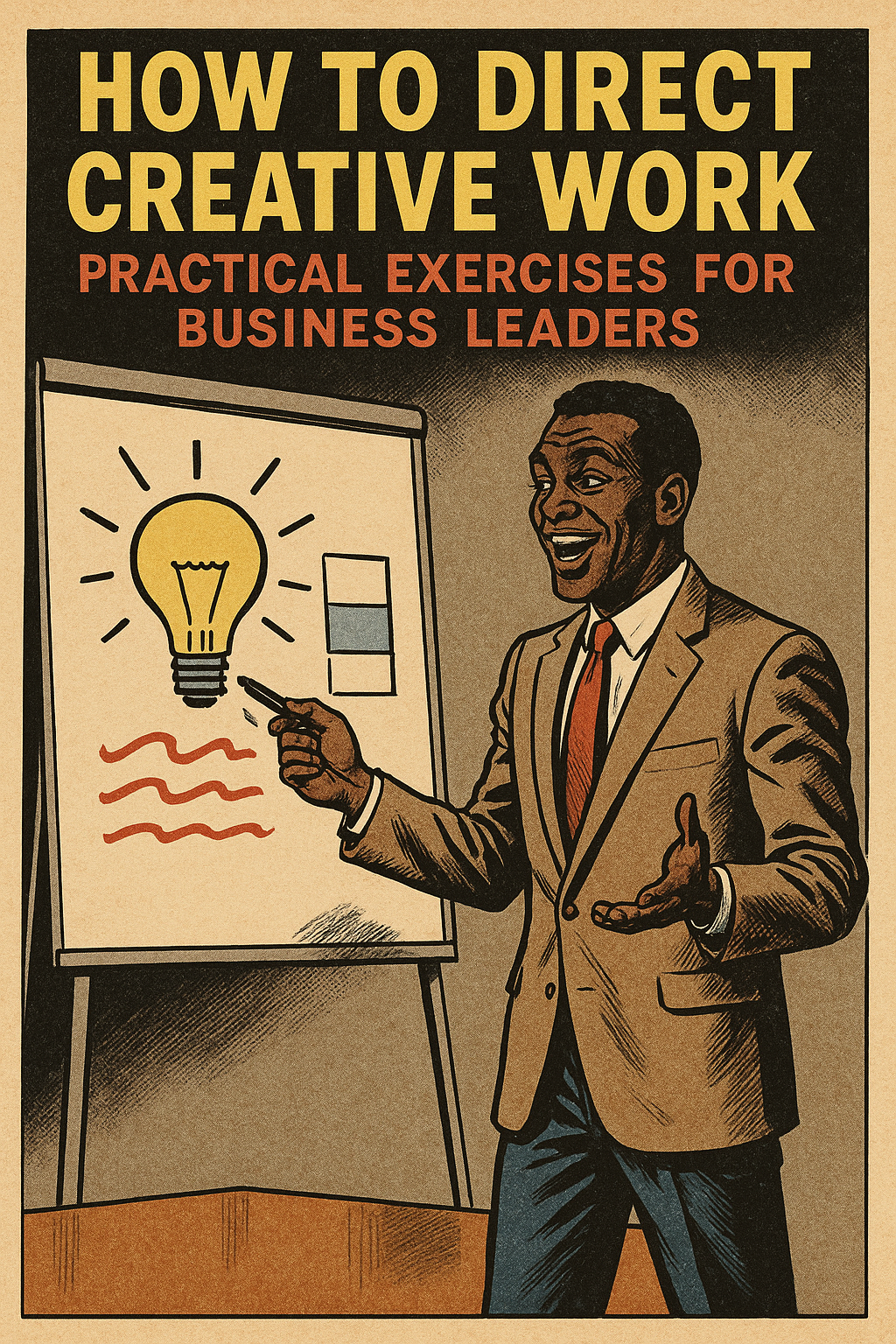Most workplaces treat weekly meetings as a given, not a choice. They sit on the calendar like furniture— rarely questioned, rarely moved. But a standing meeting isn’t inherently useful. In many cases, it’s a time sink that disrupts real work. If a weekly meeting doesn’t serve a clear, evolving purpose, it should be reconsidered or removed entirely.
Meetings aren’t free. Even if no one books a conference room or orders coffee, they cost time— often the most valuable resource in any workplace. Ten people in a one-hour meeting equals ten working hours lost. If that meeting exists out of habit rather than necessity, it’s a staggering waste.
The true cost isn’t just the time spent in the room (or on Zoom). It’s the time lost before and after— context switching, prepping, and recovering focus. Every unnecessary meeting steals hours from deep work, problem-solving, and creative thinking.
A weekly meeting should be treated like any other process: subject to scrutiny and improvement. Before holding one, ask:
- Does this meeting require real-time discussion? If an asynchronous update (email, document, Slack thread) can accomplish the same goal, the meeting is likely unnecessary.
- Are attendees actively contributing, or just listening? If people are tuning out or attending out of obligation, the format is broken.
- Is the frequency correct? A weekly cadence might be overkill. Could this be biweekly? Monthly? On-demand?
- Does this meeting have a defined purpose? Agendas should be more than bullet points— they should justify the meeting’s existence.
For meetings that fail the test, there are three options:
- Abolish it. If the meeting exists out of habit, remove it. See if anyone misses it.
- Rethink the format. Could the same goal be achieved asynchronously? Could the meeting be shorter, less frequent, or more structured?
- Refine the execution. If the meeting is truly necessary, tighten the agenda, limit attendees, and set strict time boundaries.
Meetings should serve the work, not interrupt it. A well-run meeting should feel like an asset— something that clears roadblocks, sparks ideas, or aligns a team. If it doesn’t, it’s just a standing appointment with no real purpose. And those should never be sacred.








